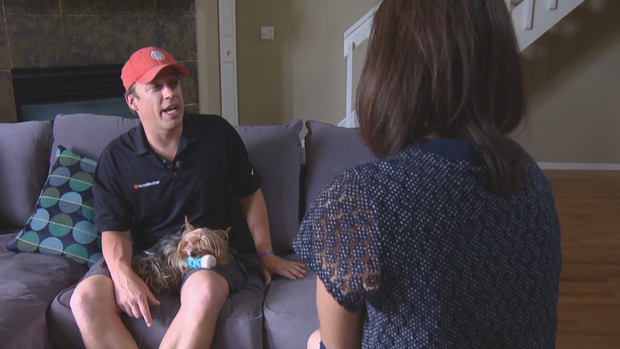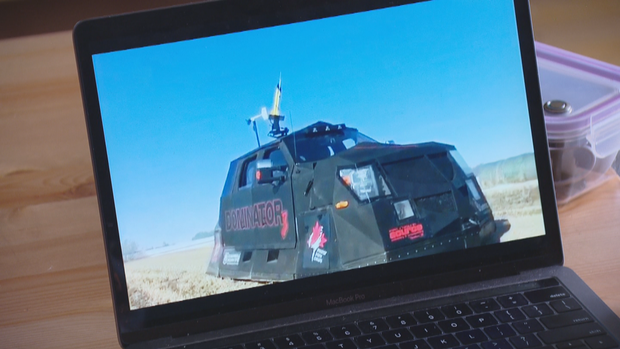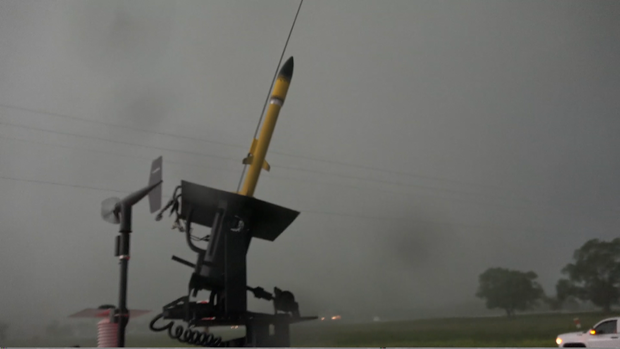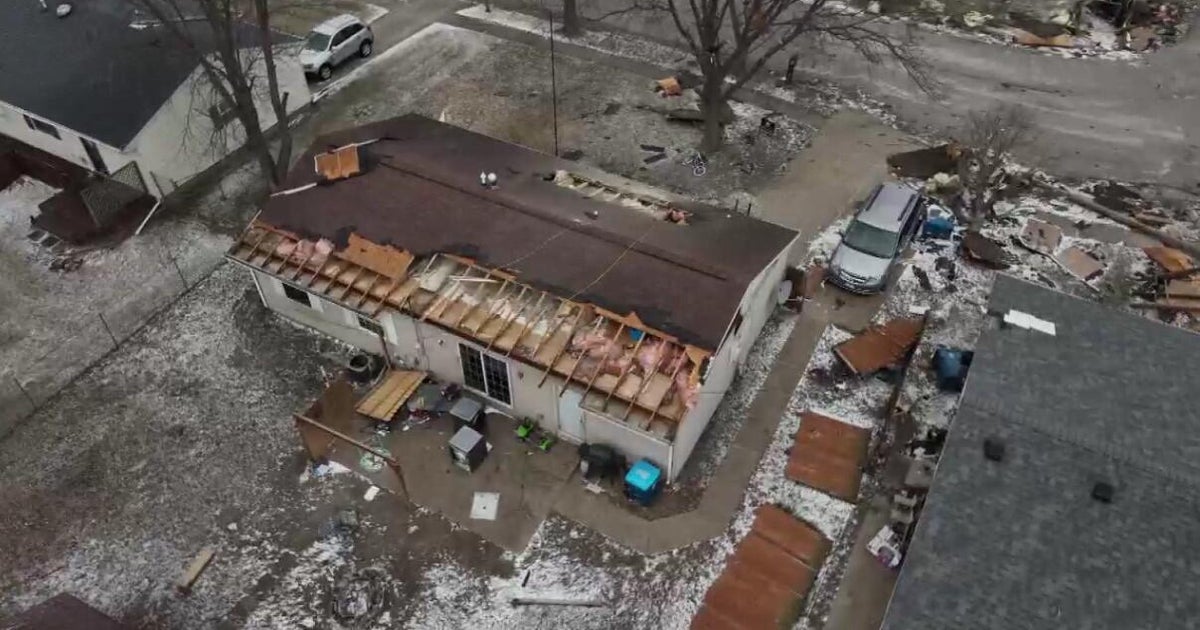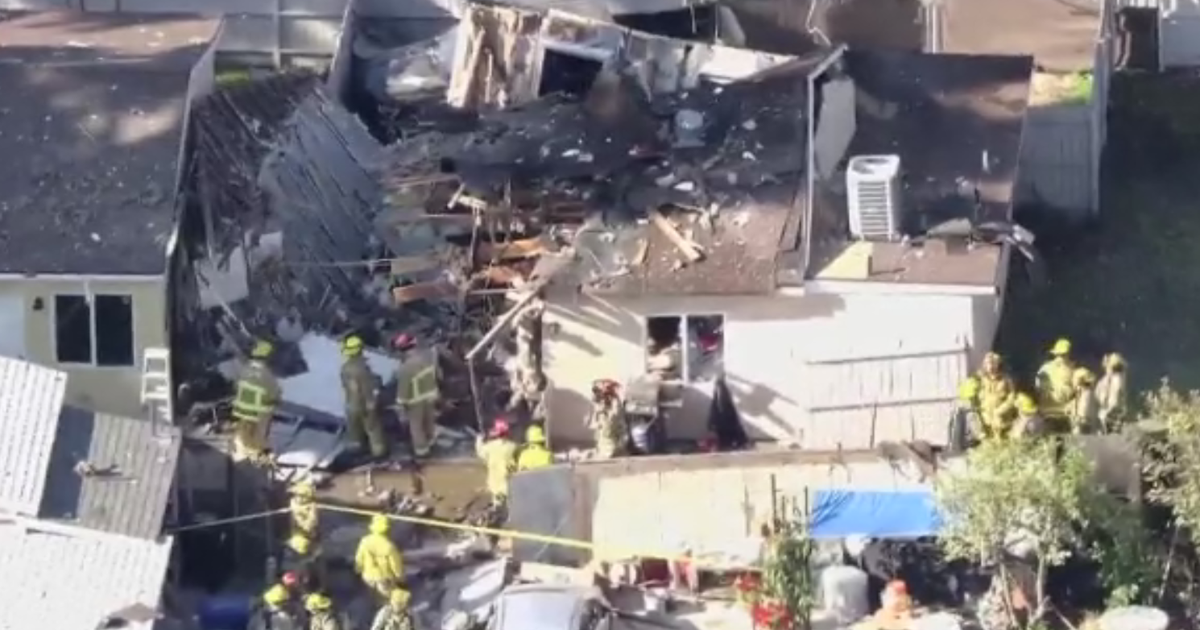Probe Taken By Tornado Found Miles Away Thanks To Social Media
GOLDEN, Colo. (CBS4) - When he's not getting as close as he can to destructive tornadoes, Reed Timmer is content at home in Golden with his Yorkie, Gizmo.
"She's been storm chasing her whole life, she's seen a bunch of storms. It might be time for her to retire," chuckled Timmer.
Timmer is an AccuWeather's "extreme meteorologist" and has been bringing Gizmo on chases her entire life. A non storm-related injury to Gizmo's toe gave CBS4 a rare chance to catch both relaxing at home.
"I've probably been gone about 250 to 300 days of the last few years, but I'm trying to tone down."
The break gave Timmer the chance to continue analyzing data from his latest and possibly most successful chase.
For most of his career, he has been trying to find ways to gather data from tornadoes. Every chance he had to get close to deploy data collecting sensors, something would go wrong.
This year, Timmer teamed up with a Canadian engineer, Mark Simpson. Timmer says Simpson is an extreme engineer and storm chaser himself. Naturally, it was a good partnership.
Simpson designed a tiny data sensor, which they attached to a probe. On a rocket, and on May 28, they were able to get their armored vehicle, equipped with a rocket launcher, within 200-yards of a mile-wide EF4.
"We had to get it through the sheath of sinking air that encapsulates the vortex inside and to do that, we really need the propulsion that a model rocket or an air cannon provide," Timmer said. "We had a rocket launcher on the roof of the Dominator3, Mark was in the vehicle with the receiver, ready to receive the live streaming data."
For the first time, the team successfully launched the probe into the vortex of the tornado.
"Mark saw just a rapid increase in elevation as recorded and streamed live by the sensor and it went up to 39,000 feet."
As it climbed, the probe rotated with the tornado, reaching speeds as high as 190 mph.
It was carried over 30 miles and was briefly lost, but thanks to Timmer's large fan base and social media, it was located by resident, Matthew DuBois.
"He happened to see the post and then saw the probe sitting on the side of the road 30 miles away from where we launched it, and we were able to recover the whole entire data set!"
It's a first of its kind and technology Timmer hopes will shed light on unanswered questions about tornadoes.
"We still have a very limited number of data points measured inside the tornado especially right at the ground so we don't know how strong the winds are getting or how low the pressures are truly falling inside the tornado."
He and his team plan to design even more sensors in the near future.
"Really harness the popularity of storm chasing for scientific gain and maybe get a cluster of storm chasers deploying these in the path of the tornado."
Timmer won't be relaxing for long. He says storm season is hitting the Dakotas and Canadian Plains. He plans to head out this weekend for another rocket launch.
"The number one priority of storm chasers is to warn people in the path of the storm. Let people know when a tornado is on the ground so they can take shelter. A secondary goal of ours is to better understand tornadoes and to collect as many data points as we can inside the tornado."
